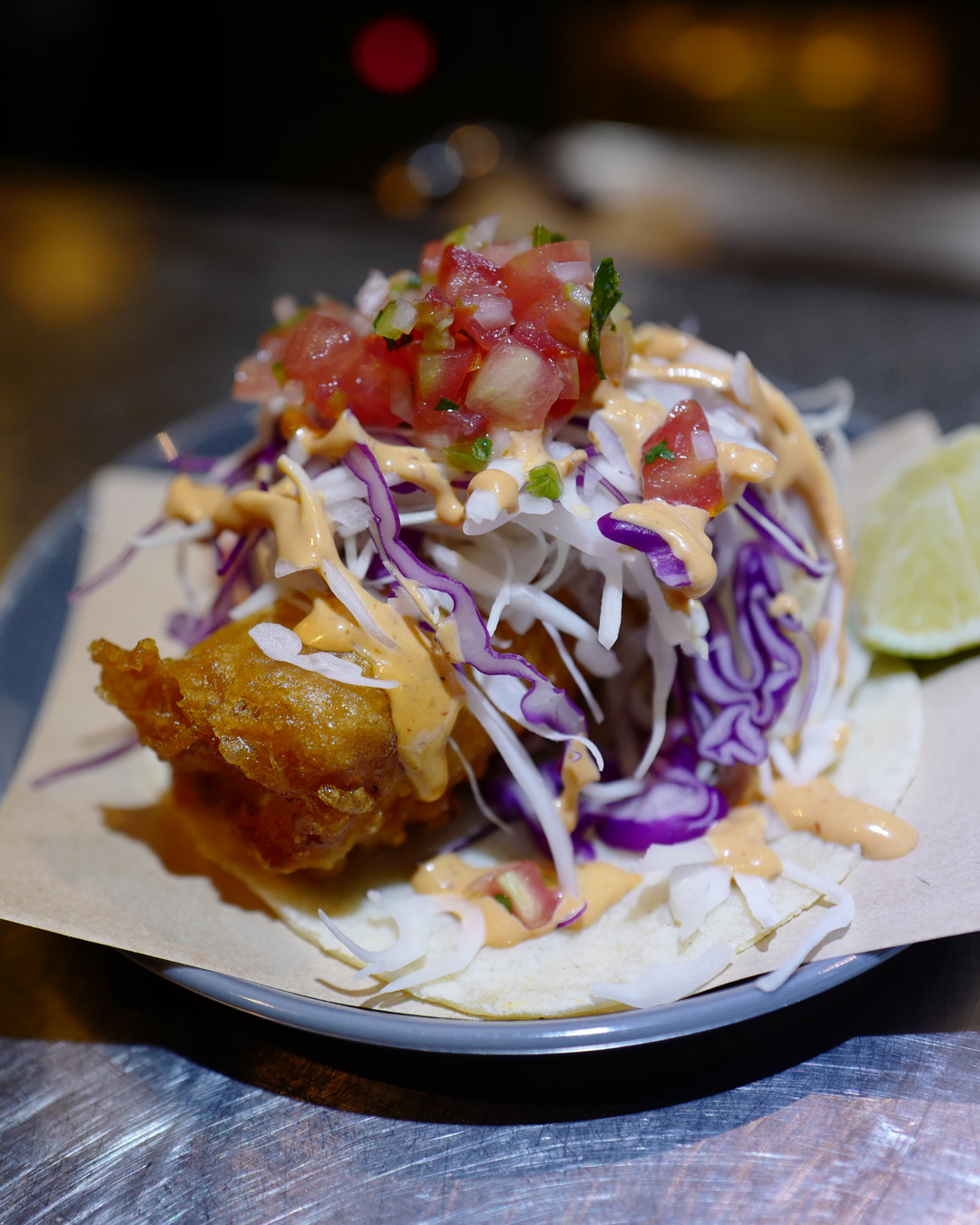There was plenty of talk about Chino’s arrival in Manila in 2018 but nearly a year into their first international venture, Tracy Wei and Erik Idos are setting new expectations with a revitalized menu that defines the Hong Kong restaurant’s train of thought in the Philippines.
“It’s important to consistently tweak menus in order to grow or expand,” says Wei, a former pastry chef at Nobu in San Diego, California. “During our first year in Hong Kong, we continually made adjustments based on the preferences of our patrons despite the fact that Erik and I knew the local market well after working in Hong Kong for four years before opening Chino. So when we decided to expand to Manila, making these types of changes was an expected part of the process.”
Not that the couple came to Manila without doing their homework but they know full well that the dining market is fickle and that the city has yet to step up and go toe-to-toe with its established Asian neighbors for a variety of reasons.
“The main difference is that in Manila, it’s not as common to eat out and drink every night like it is in Hong Kong or Bangkok,” Wei says. “Hong Kong is a crazy busy city where everyone is working most of the time and people don’t have the energy to cook and enjoy a meal at home.”
Traffic is also a burden when it comes to decision-making. “We’ve had many canceled reservations based on guests being stuck in traffic and deciding to eat somewhere closer.”

However, the potential to become a great food city is promising enough to make restaurateurs like Wei and Idos expand in Manila. “There are so many new restaurants opening in Manila that are forming a really exciting restaurant scene here.”
Which is why the new menu is a welcome upgrade for Filipinos who may have initially scoffed at the idea of a Japanese-Mexican restaurant from Hong Kong setting up shop in Manila. If anything, this newfound clarity is a result of Wei and Idos “having a much better understanding of what our local community prefers to eat and drink as well as what flavor profiles resonate with our guests.” In short, it’s a glimpse of what the next level of Chino Manila looks like.
“It’s important to consistently tweak menus in order to grow or expand,” says Tracey Wei, a former pastry chef at Nobu in San Diego, California.
Thankfully, the facelift is an exceptional effort that does justice to Wei and Idos’ talents and willingness to adapt to an unpredictable, increasingly discerning, and sometimes difficult market. The change is a tight personal affair that contains moments of creativity with dishes tailored to Bonifacio Global City’s diverse demographic.
Many of the items like the meticulously spiced tuna tataki with avocado and salsa veracruz, grilled shrimp taco, pork ribs with arbol BBQ, and the special Mexican tlayuda, which uses a flour tortilla as the base for the salsa, chorizo, cheese, and black beans, immerse Filipinos and throw them full throttle into a made-for-Manila dining experience inflected with distinct flavors, intensities, and textures.
From a business perspective, the brunch menu eschews the notion that such drastic changes are needed to make a more lasting impact but Wei and Idos’ exercise in control and restraint is a reminder to restaurateurs that they can refine a menu but still keep their signature attitude intact.
“People in Manila take a bit longer to try something new, but when they do like something they are incredibly loyal,” says Tracey Wei. “Every day we are learning new things and strategies and we’re applying these lessons to both Chino Manila and Hong Kong all the time.”
High-quality ingredients remain a defining element in the new plates—some even come from local sources including one of its memorable highlights: delicious soft-shell shrimps from Aklan built on a bed of lush pickled watermelons. “We wanted to source as many local ingredients as possible to support local farmers and to help lower our menu prices at the same time,” says Wei.
Chino’s lunch menu is just as impressive, gliding through familiar Filipino styles where each plate is filled to the brim with garlic rice, corn salsa, and chipotle kewpie coleslaw, then layered with complex mains—from soy-braised pork belly and fried mahi-mahi to sous-vide chicken breast and chicken al pastor.
“For lunch, we wanted to make it easy and convenient for office workers around the area. We are serving them the same high standard of food but with a much faster and casual menu,” says Wei.
There’s a real level of interest in the way Wei and Idos have purposefully handled Chino’s operations in Manila. It should be clarified however that this menu update early on in their international expansion isn’t an attempt to water down or deviate from the gastronomic stories they’ve been telling in Hong Kong, but instead it outlines what any restaurateur should do to ensure overseas success.
“People in Manila take a bit longer to try something new, but when they do like something they are incredibly loyal,” says Wei. “Every day we are learning new things and strategies and we’re applying these lessons to both Chino Manila and Hong Kong all the time.”
And by taking elements from their personal strengths and the foreign culture they are reaching out to, Wei and Idos seem to have finally found their footing in a territory primed for gastronomic growth.